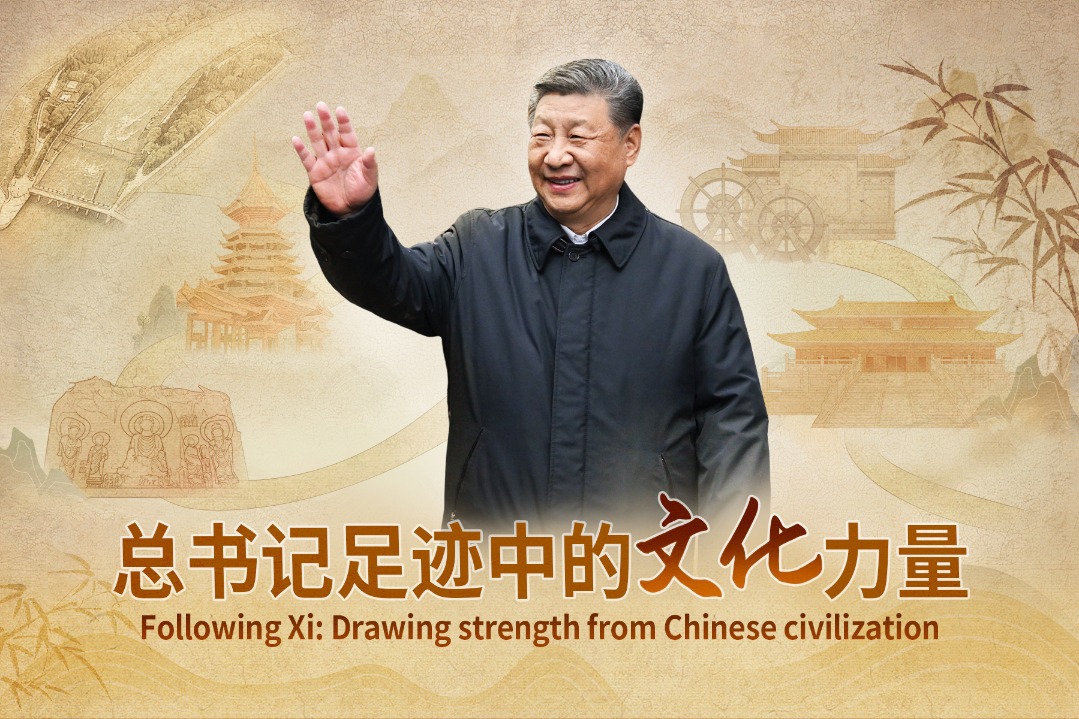The facts and China's position on China-US trade friction

3. China should not be accused of forced technology transfer as it is against the spirit of contract
Since the adoption of reform and opening up, foreign enterprises have established partnerships with Chinese companies by voluntarily entering into contracts. They transferred production capacity and orders to China of their own volition so as to tap into the emerging market, save production costs, achieve economy of scale, and extend the term of profiting from technologies. These are voluntary behaviors based on business interests. However, it accords with neither historical facts nor the spirit of contract to unjustly label bilateral transactions on a voluntary basis as forced technology transfer simply on the grounds of Chinese firms' technological advances.
Technology transfer in the course of cooperation between China and developed countries such as the US is voluntary technology transfer and industrial transfer initiated by the enterprises of developed countries keen to maximize their interests. The product life-cycle theory indicates that any kind of product goes through a life-cycle from peak to decline due to application of new technologies. While endeavoring to develop new technologies, multinationals continuously transfer technologies that are either obsolete or standardized to developing countries with a view to extending the term of profiting from old technologies, making room and sparing production factors for R&D and application of new ones, and indirectly sharing R&D costs. Therefore, technology transfer and licensing is a widely-used business cooperation model. Since the 1990s, Microsoft, Intel, Qualcomm, P&G, GE, Lucent, and other American companies have set up R&D facilities in China in a bid to better adapt to and explore the Chinese market. Over the years, American firms in China have earned handsome profits through technology transfer and licensing. They are the largest beneficiary of technological cooperation.
In the process of cooperation, the Chinese government has never introduced policies or practices that force foreign invested enterprises to transfer technology. Technological cooperation and other forms of commercial cooperation between Chinese and foreign businesses are entirely voluntary and bound by contracts. It generates real benefits for companies on both sides. Generally speaking, there are three patterns of technology-related revenues earned by foreign enterprises: (1) one-off transfer through settlement by an agreed price or discounted equity participation; (2) technology-related income that is included in the sales of equipment, components or products; and (3) technology licensing fees. For example a foreign enterprise with a technological advantage sells equipment to a Chinese company short of certain technologies related to the equipment. The Chinese company has to buy technical services and components from the equipment supplier multiple times in the long run. The Chinese company is willing to purchase some of the technologies from the foreign company for a one-off payment. Such requirements for technology transfer are normal price negotiations based on cost-benefit accounting. Such technology fee payments, be they in installments or in a lump-sum, are common practices in international commercial technology trading. It is a complete distortion of the facts that the US administration labels as forced technology transfer the voluntary behaviors of FIEs to partner with Chinese companies, transfer or license technologies, and reap profits together in Chinese market by entering into business contracts.
Besides, equity cooperation in some areas is in line with China's international obligations and usual practices of many countries, and does not constitute forced technology transfer either. In recent years, China has eased restrictions on foreign equity (See Box 2), and given foreign businesses greater freedom of choice. In this process, equity cooperation between Chinese and foreign enterprises becomes deeper as a result of free choices based on commercial considerations by the two sides.


































